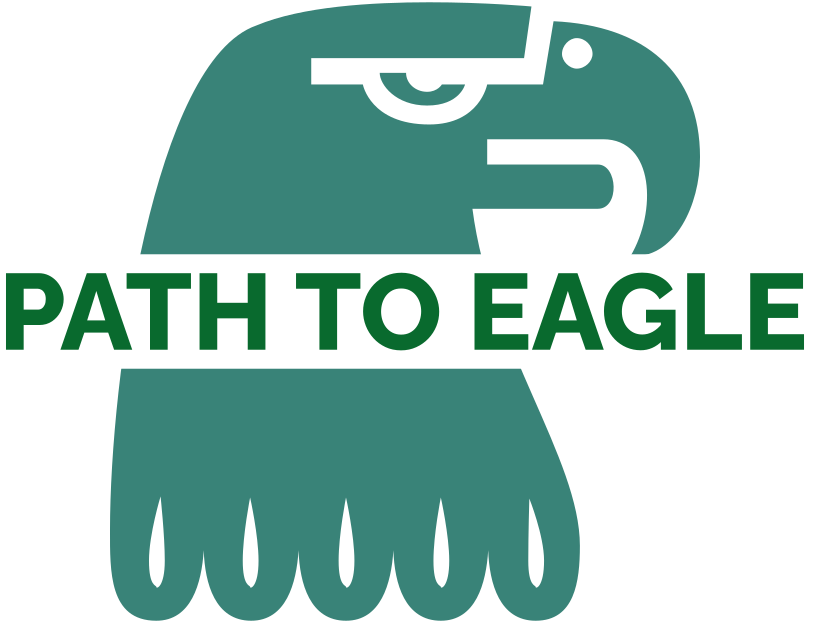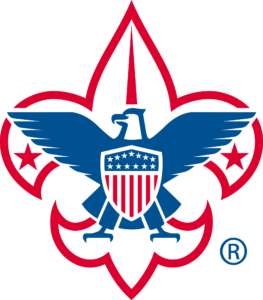Earning the rank of Eagle Scout is the pinnacle of Scouting and a significant achievement. A crucial component of this rank is completing an Eagle Scout service project, which must demonstrate leadership and benefit the community. Selecting the right project can feel overwhelming, but with thoughtful planning and a focus on your passions, you can find a meaningful and impactful idea. Here’s how to approach selecting an Eagle Scout project and how to connect with sponsors to make it successful.
What Is an Eagle Scout Project?
An Eagle Scout project is a service project that benefits a community, organization, or group outside of Scouting. The project allows Scouts to demonstrate leadership by planning, developing, and carrying out a service effort. The project must:
- Be approved by your Scoutmaster, your troop committee, and your local council’s advancement committee.
- Involve planning, leadership, and execution (not just participation).
- Offer a tangible benefit to a school, religious institution, or nonprofit organization.
The right project can be transformative—not just for the community it serves but also for the Scout leading it.
Step 1: Reflect on Your Interests and Passions
Choosing an Eagle Scout project starts with identifying a cause or area that resonates with you personally. Think about the issues or groups you care about most. Your project will require significant time and effort, so it’s important to pick something that excites and motivates you.
Questions to Ask Yourself:
- What are my hobbies or interests? Do you enjoy outdoor activities, art, or science? Use these passions to guide your project.
- Who do I want to help? Think about local groups or organizations you care about, such as schools, nature preserves, animal shelters, or food banks.
- What issues matter most to me? Consider causes like environmental conservation, education, homelessness, or accessibility for people with disabilities.
Example:
If you’re passionate about wildlife conservation, your project could involve building birdhouses for a local park or restoring a habitat for endangered species. If you enjoy working with children, you could create an outdoor classroom or renovate a playground.
Step 2: Brainstorm Ideas and Evaluate Feasibility
Once you’ve identified your interests, brainstorm potential project ideas. Make a list of ideas and then narrow it down based on feasibility, resources, and community impact.
Tips for Brainstorming:
- Look for needs in your community. Talk to people who work at nonprofits, parks, or schools to identify areas where help is needed.
- Consider projects you’ve seen in the past. What made them successful or inspiring?
- Think about projects you’ve participated in. Can you expand on an existing project or idea?
Questions to Evaluate Feasibility:
- Is this project realistic? Make sure your project idea is achievable within your timeframe and budget.
- Do I have access to the resources I’ll need? Determine whether you’ll require special materials, skills, or permissions to complete the project.
- Does it align with Eagle Scout project guidelines? Ensure the project meets all requirements, such as benefiting the community and involving leadership.
Example:
If you want to renovate a trail, ensure you have access to tools, volunteers, and permissions from the landowner. Break down the work into manageable steps to ensure you can lead and execute the project effectively.
Step 3: Research and Reach Out to Potential Sponsors
Most Eagle Scout projects involve partnering with a community organization or nonprofit. These sponsors often provide resources, guidance, or approval for your project.
Finding Sponsors:
- Start local: Reach out to schools, churches, parks, and community centers. These groups often have unmet needs that align with Eagle Scout project guidelines.
- Contact nonprofits: Organizations like animal shelters, food banks, and environmental groups frequently welcome volunteer-led projects.
- Ask your network: Talk to family, friends, teachers, or troop leaders who may have connections to organizations in need.
How to Approach Sponsors:
- Prepare a clear pitch: When contacting an organization, explain who you are, what an Eagle Scout project is, and why you’re interested in working with them. Outline your initial idea and ask if they have any specific needs you can address.
- Be professional: Treat your communication as you would a job interview. Be respectful, prepared, and clear about your goals.
- Stay flexible: If the organization has a different need than your initial idea, be open to adjusting your project to better serve them.
Example Pitch:
“Hello, my name is [Your Name], and I am a Life Scout in Troop [Number]. I am working on my Eagle Scout rank, which requires me to lead a service project that benefits the community. I am passionate about [cause], and I’d like to work with your organization to develop a project that aligns with your mission. Could we set up a time to discuss your needs and how I might be able to help?”
Step 4: Refine Your Project Idea
After discussing your idea with potential sponsors, refine your plan to ensure it meets their needs, aligns with Eagle Scout requirements, and is feasible to execute. Use feedback from the sponsor and your Scout leaders to make adjustments.
Key Considerations:
- Create a clear scope: Define the specific goals of your project and outline the steps needed to achieve them.
- Determine leadership roles: Your project should involve leading others, so think about how you’ll delegate tasks to volunteers.
- Address challenges early: Identify potential obstacles (like weather, costs, or permissions) and develop contingency plans.
Example:
If your project involves building benches for a park, finalize details such as the design, materials needed, and the number of benches to build. Include steps like securing funding, assembling a team, and coordinating with park staff.
Looking for help on your Eagle Project from start to finish? You’re in luck! I have a complete guide on how to complete your Eagle Project going from choosing a project to submitting your final proposal. Check it out here!
Conclusion
Selecting an Eagle Scout project is an opportunity to make a lasting impact on your community while showcasing your leadership and organizational skills. By reflecting on your passions, reaching out to sponsors, and carefully planning every step, you can create a meaningful project that aligns with your values and helps those around you. Stay flexible, seek guidance, and remember that this is your chance to leave a positive legacy as you take the final steps toward becoming an Eagle Scout.

